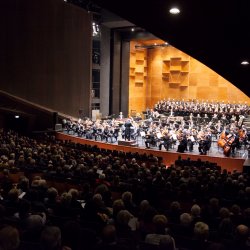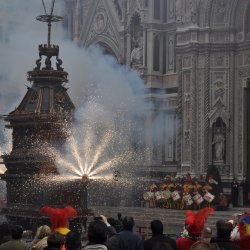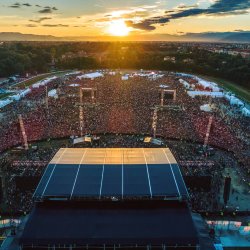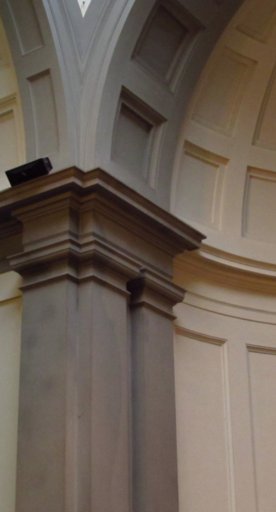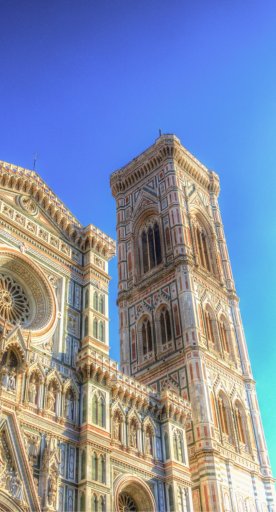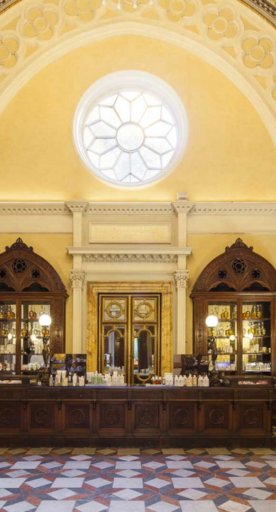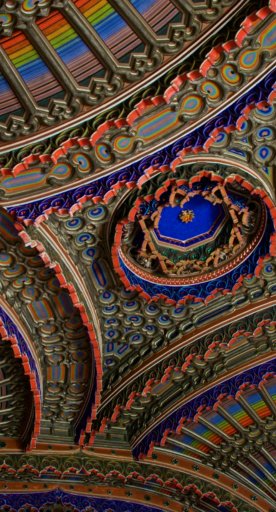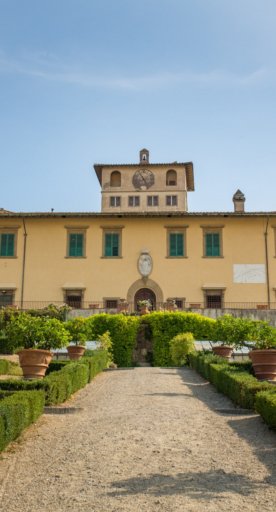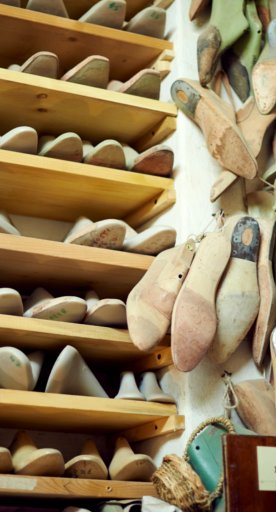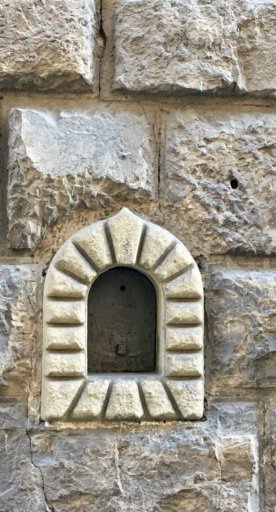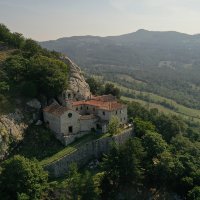
3 tips to enjoy your Winter in Tuscany
Have you already planned your winter holidays?
There are lots of sports and cultural activities to do in Tuscany during the cold and snowy season. This is the perfect region to spend your spare time in many different ways, whether you’re energetic or feeling lazy, an art or nature lover, super-frugal or shopping addicted.
We’d like to give you some examples of how you can have fun and relax here in winter.
-
1.Skiing on the slopes of the Tuscan mountains
-
2.Enjoying spas and free natural hot springs
-
3.Visiting museums and exhibitions
Skiing on the slopes of the Tuscan mountains

If we start our tour from the northwest, we’ll encounter Zum Zeri – Passo dei due Santi in Lunigiana (Massa Carrara area): 1.200 meters high, with 9 ski slopes with different levels of complexity, three ski lifts and a children’s park. An ideal place for family holidays, the major pro of this ski resort is its panoramic view of a breathtaking landscape of snowy mountains and the Ligurian sea.
Moving a little southward, the magnificence of white Tuscany extends up to the Garfagnana valley, connecting the Apennines to the Apuan Alps. This area offers a set of hamlets and natural views that show the immense historical and cultural patrimony of our region. The Garfagnana resort includes Careggine, Casone di Profecchia and Passo delle Radici, with 15 kilometers of ski runs for Alpine discipline and 30 kilometers for downhill.
Just an hour away from Florence is one of the most important ski resorts in Italy: Abetone, on the Pistoia Mountains (1.288 meters). It offers 60 kilometers of ski runs with 21 modern systems of lifts. Its four valleys – Val di Luce, Valle dello Scoltenna, Valle del Sestaione and Val di Lima – are the perfect location for winter sport lovers at high altitude. Further illustrating its distinguished status, Abetone has been the site chosen for various European challenges and even the World Championship cup.
On the Pistoia Mountains we find Cutigliano, too. From there we can reach the Doganaccia ski resort by funicular railway. Perfect for skiing and snowboarding, it provides 15 km of slopes with 6 lifts to transport guests. The winter sport area is situated between 1.446 m. and 1.795 m.
In southern Tuscany, we could visit Monte Amiata (1.738 meters high), a volcano placed in the largest beech forest in Europe, within the province of Grosseto and Siena. 12 ski slopes extend over 10 kilometers, conquerable via 8 ski lifts. In addition, if you prefer Nordic skiing to downhill, there are 10 kilometers of slopes dedicated to this discipline. At the top, you can enjoy the beautiful view of Sienese hills, Maremma and even a small bit of the Tyrrhenian Sea.
Enjoying spas and free natural hot springs

Our tour must start from Montecatini Terme (Pistoia), considered the leading spa town in Italy. Its spring waters are rich in precious minerals, used in therapies since the Roman Empire. Today it is well equipped for relaxing holidays with its nine thermal centres, 200 hotels, 460.000 square metres of parkland and extremely elegant shops. The first establishments were built between the 14th and 15th centuries but the actual structure dates back to the second half of the 18th century. Thanks to its curative waters, Montecatini reached the peak of fame during the 20th century. The Belle Époque period also helped define the look of the thermal baths, decorated in the Art Nouveau style.
Going south, we’ll find Gambassi Terme, in the heart of Tuscany, near the Valdelsa region, among the hills covered with cypress trees, olive groves and vineyards. This ancient town – also famous for its glass production – was inhabited by Etruscans and Romans before becoming a stop-over destination for pilgrims on the Via Francigena in the Middle Ages. In Gambassi we’ll find a beautiful resort with a recently restored building where the pools dispense curative Salsa di Pillo waters.
Along the Via Francigena, you’ll also find Bagno Vignoni, at only 50 kilometers from Siena. Its thermal baths were first enjoyed by the Romans and then became popular, thanks to their position, with Christian pilgrims who travelled towards Rome and used to stop there for a rest. At the centre of Bagno Vignoni, in piazza delle Sorgenti, there’s a 49-metre-long rectangular basin of steamy water. You can’t actually bathe in it, but it’s a wonderful sight and evidence of the area’s past. The volcanic spring of Bagno Vignoni offers a wide range of therapies, including mud baths, for various degenerative forms of arthritis and rheumatism.
Not far from there, check out Chianciano Terme, located between Valdichiana and Val d’Orcia. It combines centuries of tradition with avant-garde technologies focused on health. The thermal parks of Fucoli and Acquasanta boast water that is often used to treat liver diseases. During Roman times the curative powers of Chianciano waters became a good reason for setting and many villas were built there along the way. Today Chianciano Terme is considered one of the best health resorts in Italy, with more than 12.000 visitors on a given day, hosted by 200 different accommodation structures.
Walking through the Val d’Orcia we’ll end up in Bagni San Filippo, in the province of Siena, not far from Monte Amiata. Here the natural thermal springs are on record since the Middle Ages. The greenery all around is luxurious and the “Fosso Bianco” (White Moat), a white and calcareous stream that flows into many waterfalls and natural pools, is both hot and cold: its waters measure from 25° to 52°. These baths are recommended for respiratory diseases and the natural mud you find there works well against skin diseases.
In the Maremma area of Tuscany, between Monte Amiata and the Albegna hills, we’ll find one of nature’s beautiful gifts, a place called Terme di Saturnia. Its thermal baths, with 37° hot water, natural pools and the Cascate del Mulino waterfalls, are made up of five different areas: hydrotherapy, beauty, stress management, nutrition and fitness. After a bath we invite you to see various sites like the Church of Santa Maria Maddalena, built during the Middle Ages on the remains of a Roman temple.
Visiting museums and exhibitions

�Starting from Florence, Palazzo Strozzi usually hosts remarkable exhibitions starring the artworks of both Italian and international artists. From the masterpieces of the Reanaissance maestros to retrospectives about contemporary artists, Palazzo Strozzi's exhibits will definitely satisfy your hunger for beauty and culture.
When in Palazzo Strozzi, don't forget to check out the area of the Strozzina Centre for Contemporary Culture, which also shows thematic exhibitions.
In Florence you can also pay a visit to the Museo Novecento, dedicated to the 20th century Italian Art. It offers a selection of 300 works located in 15 different areas. Here you’ll also find a study room, a cabinet for drawing and a hall for conferences. The museum is located in the ancient Spedale di San Paolo in Santa Maria Novella Square.
If you’re going to Prato you cannot miss the Pecci Centre for Contemporary Art, which reopened in 2016 after a period of massive renovation (Dutch architect Maurice Nio has added an ultra-modern extension to the original building, making it look like a futuristic starship). The Centro Pecci cherishes a collection of over 1000 artworks dating from the 1950s up to today and also hosts important temporary exhibits.
Our tour could go on longer, but for now the last stop is Pisa, where a visit to Palazzo Blu is a must. This venue, set along the Lungarni a few metres away from the Ponte di Mezzo, is periodically home to temporary exhibits. Here come some names: Escher, Dalì, Modigliani and Andy Warhol are only some of the renowned artists that have inspired visitors of Palazzo Blu in the latest years.
If you need more ideas to enrich your vacation plans, take a look at our article about Tuscan Christmas markets.





